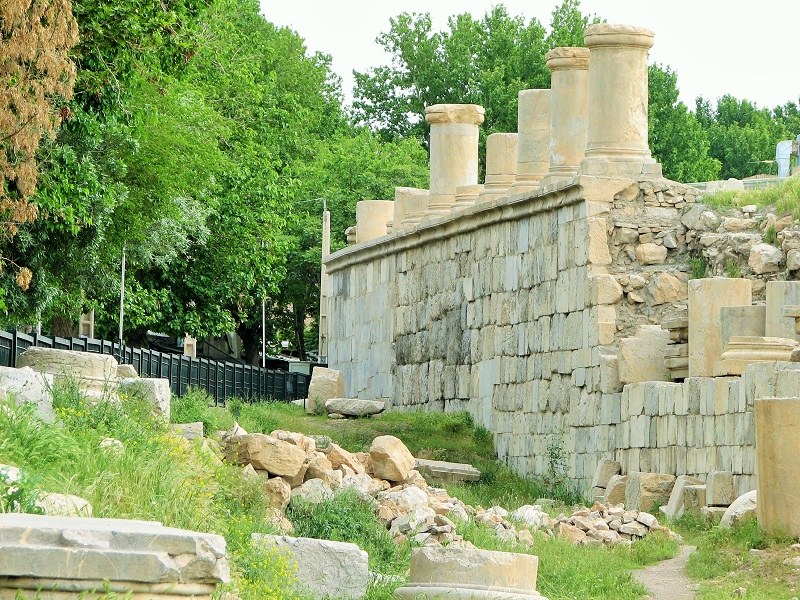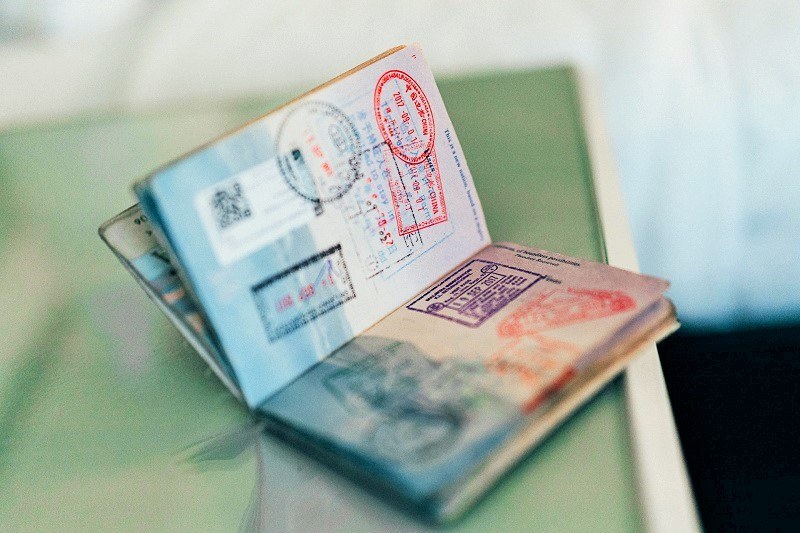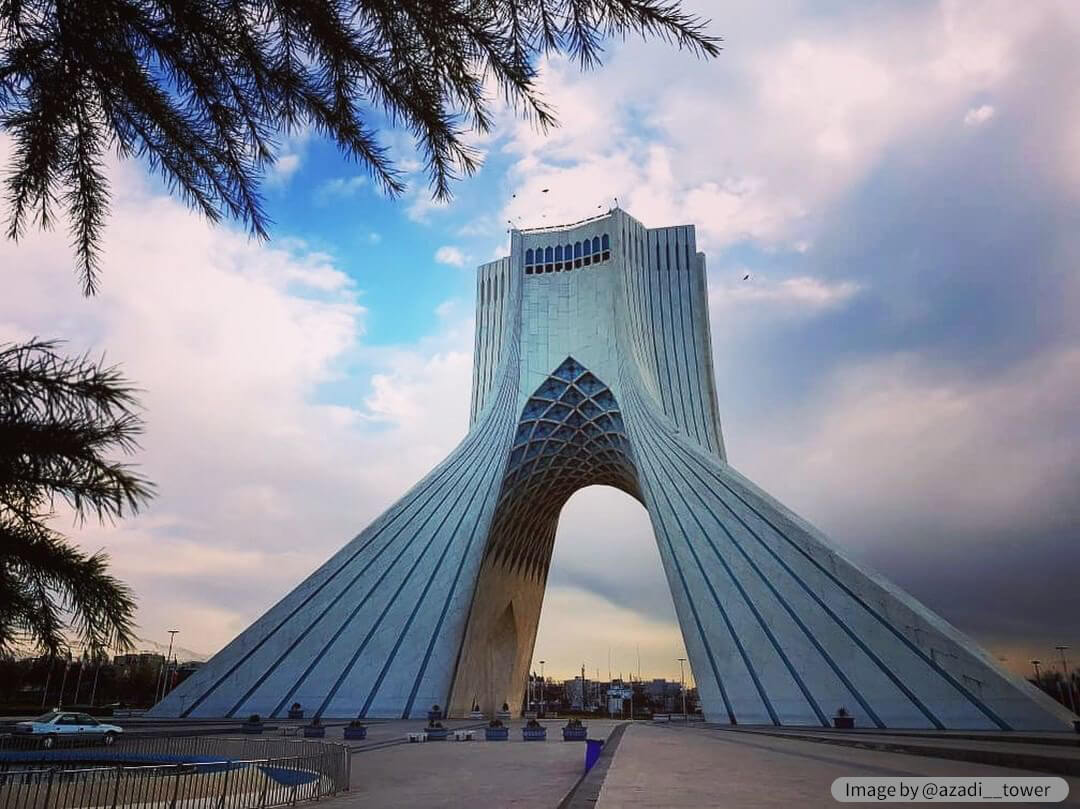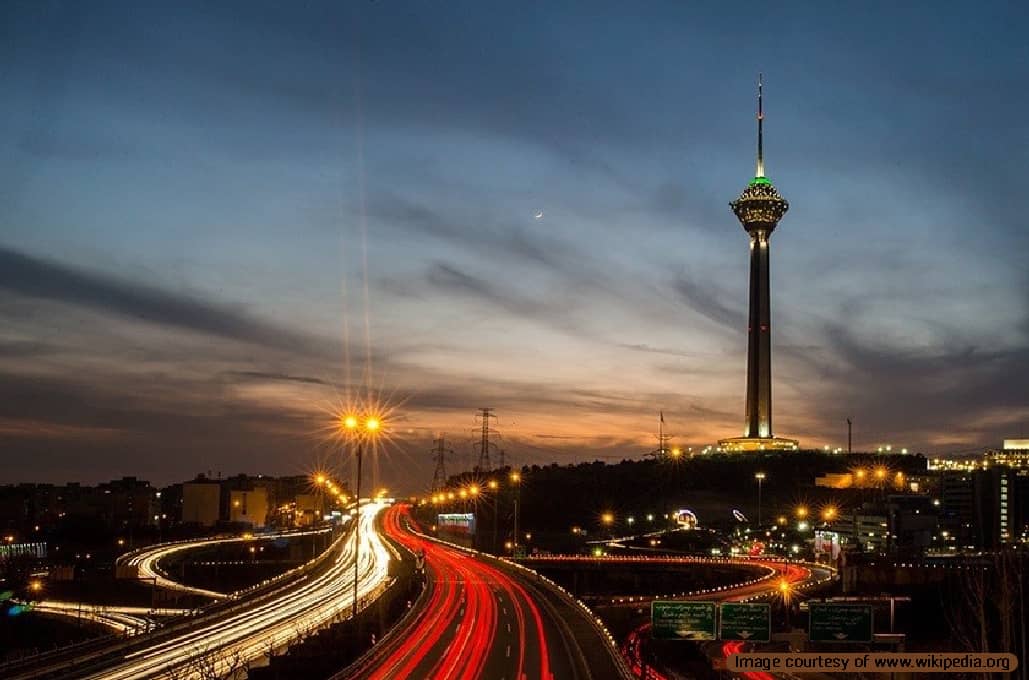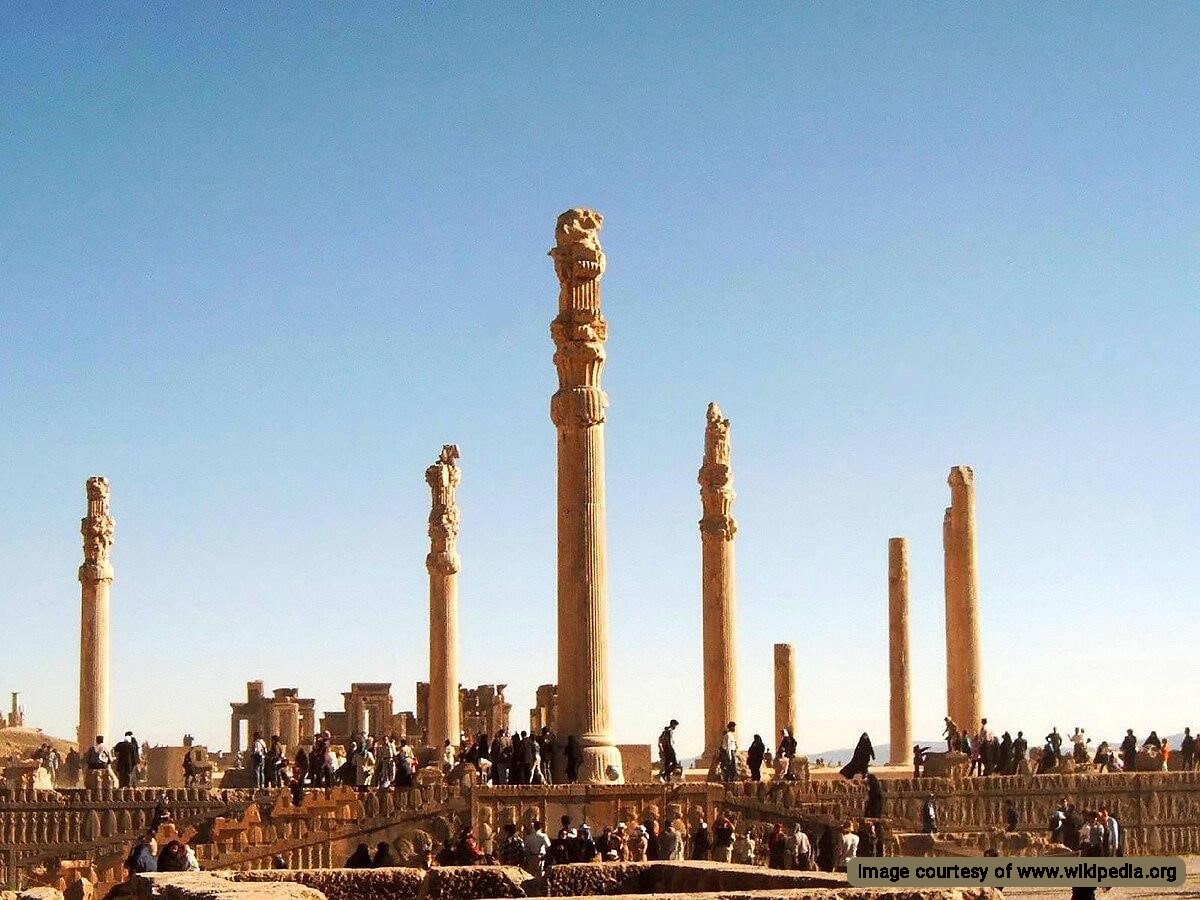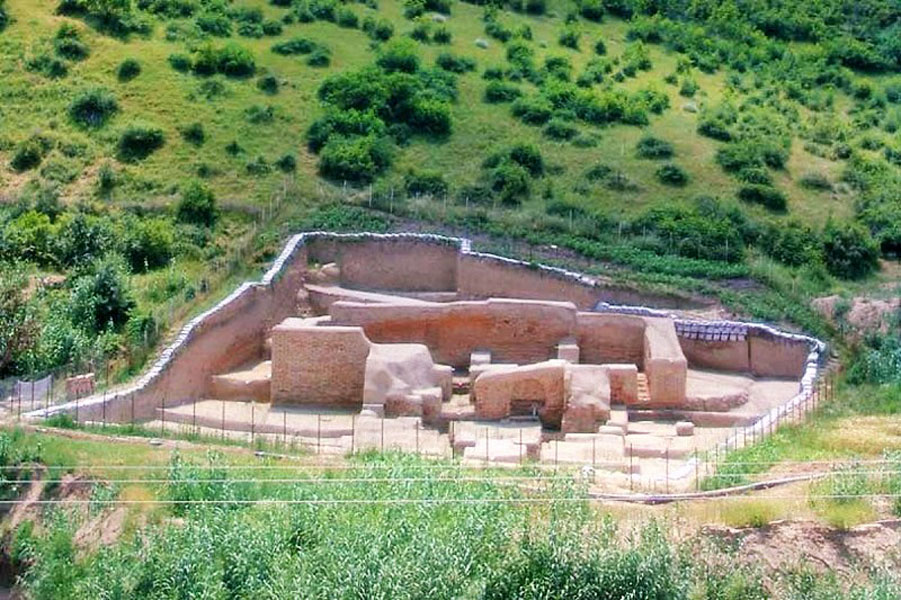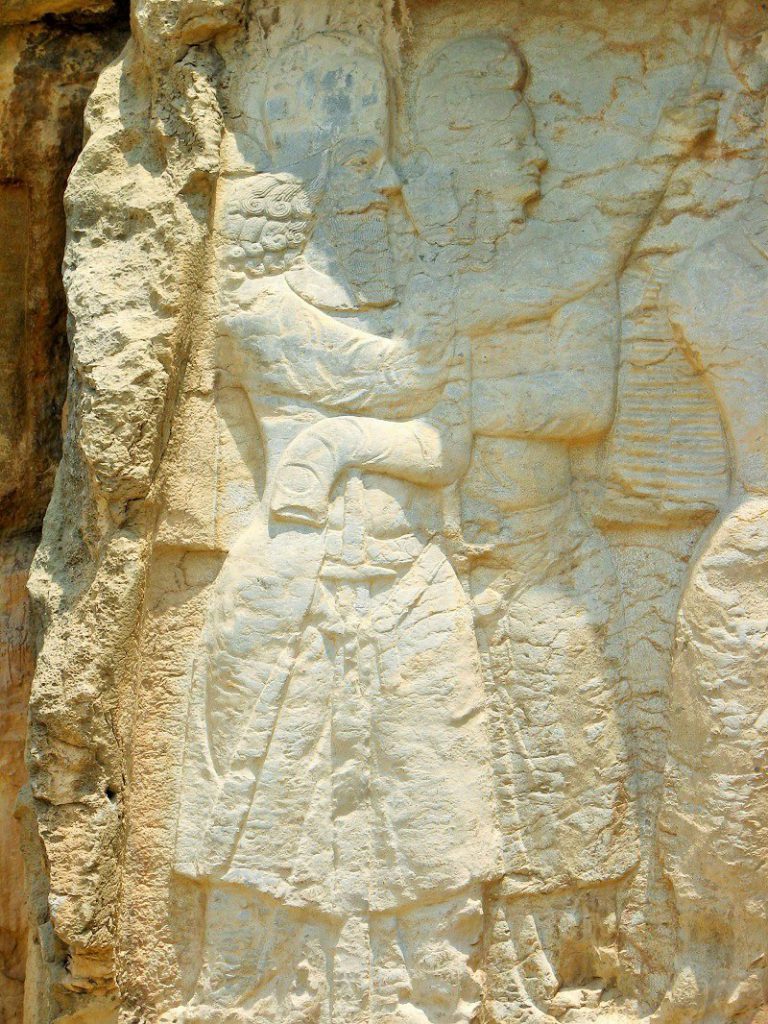
Naqsh-e Rajab is a historical site located 60 kilometers north of Shiraz and 4 km away from Persepolis. It contains a series of rock reliefs of the Sassanid era. This Sassanid rock carving art represents a large number of the artistic features and characteristics of its time. The artists of the Sassanid era carved Naqsh-e Rajab reliefs on the foot of a mount between Naqsh-e Rostam and Persepolis.
History of Ancient Reliefs in Iran
The most important remains of ancient times that we can refer to as the reliable sources of information are the Achaemenid and Sassanid buildings and reliefs. Although there are differences between their styles and forms, we can see a particular common Iranian artistic model in these monuments of the antiquities.
Carvings and reliefs were the major Achaemenid visual models to the extent that several rock carvings have remained on the walls of Persepolis up to now. The Achaemenid artists intended to display the glory of their dynastic emperors in the best way possible. Therefore, they often used symbolic images in their works.
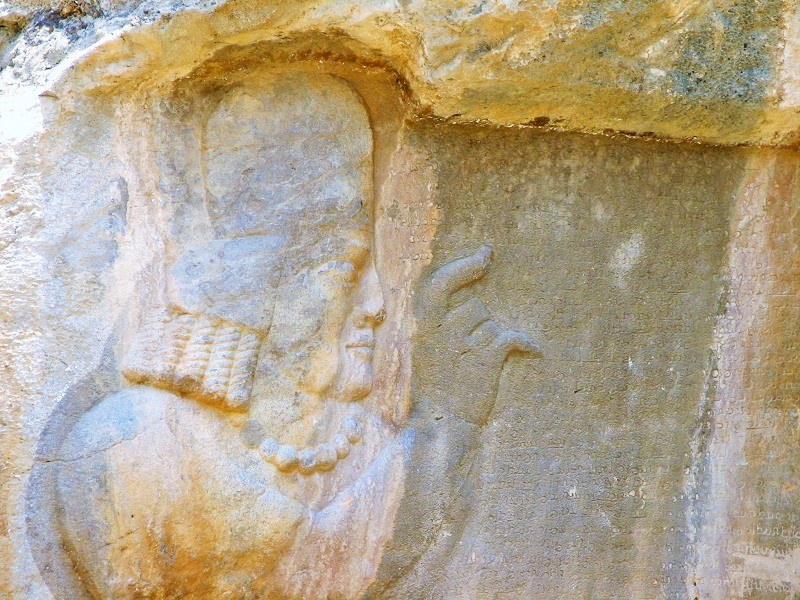
The symbols were often related to the rituals and religions, expressing a special meaning. The common images used in the artistic works were such figures as mountains, sun, lotus, fire, etc. They were quite common in the artistic works of the period. This way, they best described the spiritual state and power of the Achaemenid dynasty.
Differences of Rock Relief Art between Achaemenid and the Sasanian Periods
One of the major topics related to Achaemenid and Sassanid arts is cultural adaptations. The superpowers would conquest other territories to include them in their countries. The Achaemenid and Sassanid kings managed to conquer other territories during their rules too. This may be a reason that several victorious scenes are depicted in Sassanid rock carving arts. In some of them, we see the front bust of the figures while their legs and heads are in profile.
What makes the difference between Achaemenid art and Sasanid rock art is the illustration that the artists used in their era. The art of Achaemenid is an exaggerated and dramatic art, while the Sassanid art represents the real and concrete figures. We can understand that clearly by examining the remains in Susa, Persepolis, Naqsh-e Rostam, and Naqsh-e Rajab.
The facial delicacies, the dress and cassock ruffles had originated from Greek art. The large and magnificent palaces and exaggeration in size of buildings were most likely borrowed from the Assyria and Babylonia. This is clearly visible in the rock art and the monuments of the Sassanid era.
Although the Sassanid art gives more value to religious and ritual principles than Achaemenid, it retains its similarity with the remains of the Achaemenid art. One of the most important features of Sassanid art is the subtle induction of limb movements. In other words, the state of images is more real in this period, and symbols are more concrete and terrestrial than the Achaemenid era.
On the other hand, in the Sassanid art, we see the narrative stories of the life of the kings. The relief remnants of Firuzabad and Taq-e Bostan in Kermanshah illustrate the scenes of hunting, warfare, and the victory of the Sassanid kings. This characteristic exists also in engraved reliefs of Naqsh-e Rajab.
The celestial and religious symbols always used in the Sassanid arts show the supernatural power of Sassanid kings. We can also see the emphasis on religious symbols in architecture and buildings of this period. Therefore, the crescent arch is one of the main characteristics of the palaces and monuments remained from the Sassanid era arts.
Now, I’m going to point to some of the prominent features of Sassanid reliefs:
Naqsh-e Rajab Rock Reliefs in Details
The rock reliefs of Naqsh-e Rajab have depicted the three investiture scenes of Sassanid emperors. Although the site is not so large, its beauty and elegance are worth a visit.
First Investiture
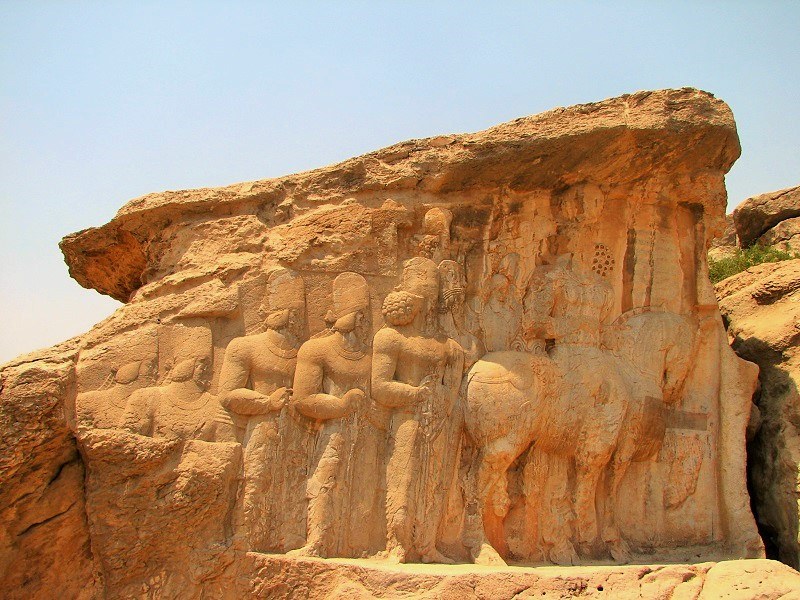
In the first investiture, located on the north corner of this site, Shapur I, who succeeded Ardeshir Babakan, is on horseback. The lines and shapes of the figures are carved with the same model of other Sassanid reliefs. The king occupies the seat of power and leads a group while confirming his high position. The crown of the king is a sign of the divine power given to him by someone sent by Ahura Mazda.
As a part of the rock is damaged, we cannot firmly explain the identity of the king sitting on the horseback. Some historians believe that this scene is a narrative of the investiture of Hormoz I. Others claim that Shapur I is on the horseback.
Second Investiture
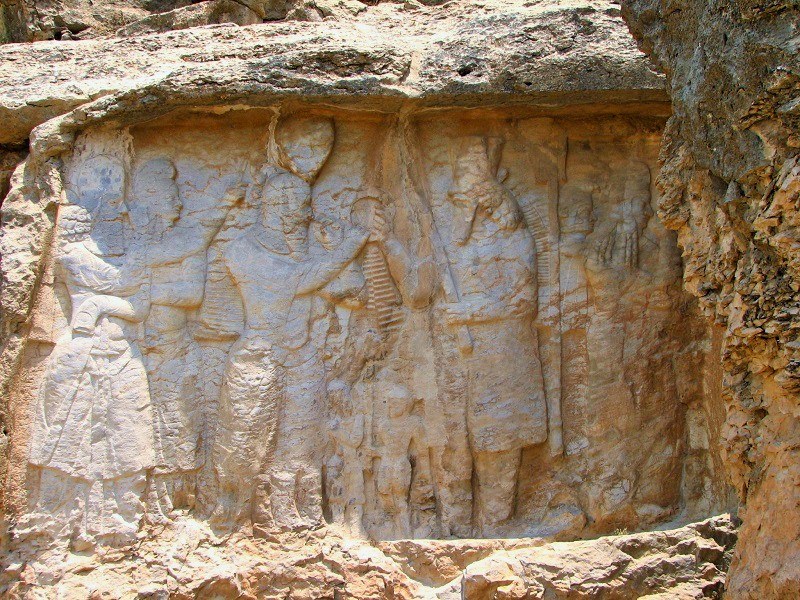
In the second rock relief, we can see the investiture of Ardeshir Babakan. The event is carved in a space as wide as 4.5 meters. Eight men, women and children are present in this scene. Obviously, Ardeshir Babakan and Ahura Mazda are the main figures of this scene.
As the image shows, Ardeshir extended his arm to receive the crown. The figure standing behind Ardeshir is Hormoz, the son of Shapur, who is next to his father greeting Ahura Mazda.
Other figures are members of the royal family attending the investiture of Ardeshir. The religious context of this rock relief, as well as the resemblance of the figures, make Naqsh-e Rajab one the oldest Sassanid reliefs.
Third Investiture
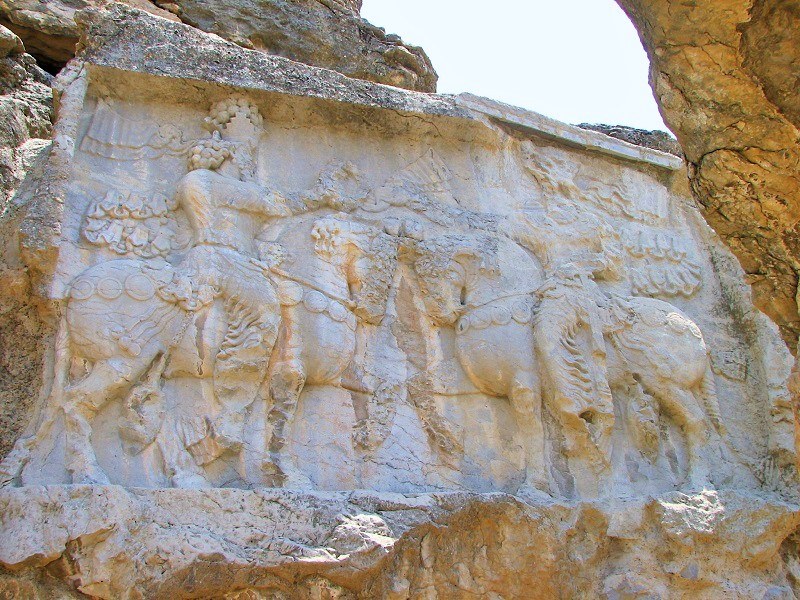
In the third carving of Naqsh-e Rajab, there is a different event. This is the investiture of Shapur I, the son of Ardeshir. Shapur I and the top Zoroastrian priest are riding on the horse showing up in the center of the relief. Shapur receives the crown from the great priest. The third investiture, like the first and second ones, has also a religious status and exhibits the investiture of Shapur I.
The figures of Naqsh-e Rajab are carved with the same delicacy and creativity found in other Sassanid figures and represent the art of Sassanid rock carving. Since Ardeshir has illustrated his investiture in other parts of Persia, it is possible, with a little attention, to recognize the similarities between Naqsh-e Rostam, Naqsh-e Rajab and Tangab of Firuzabad.
The narrative, ritualistic and realistic modes of these reliefs are the main features of the Sassanid art, providing comprehensive information about the art of Iran for the people interested in this topic.






